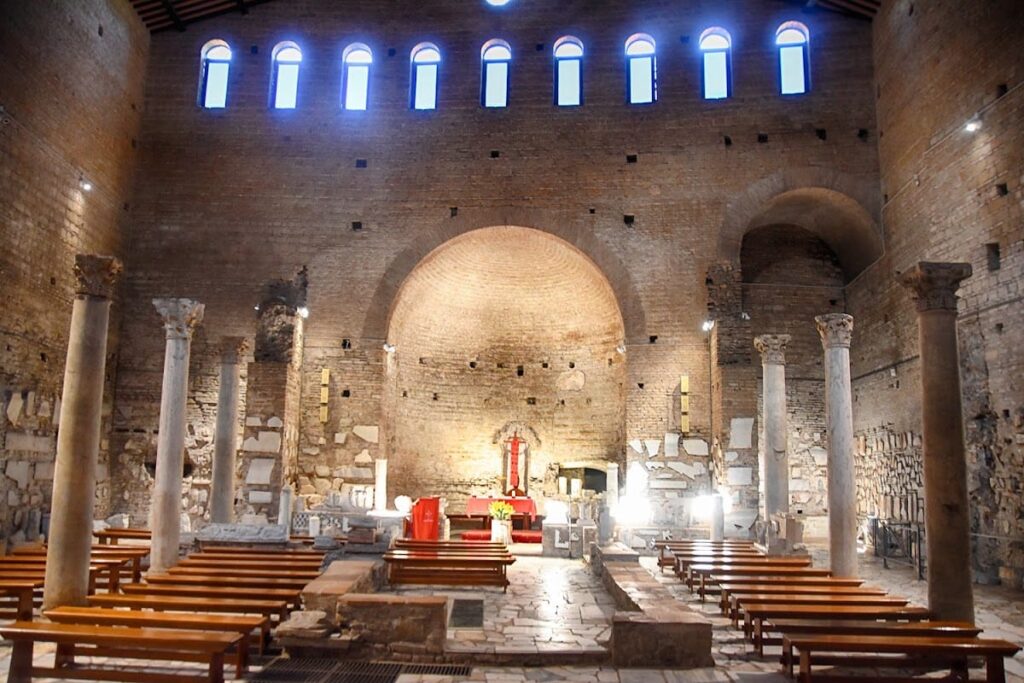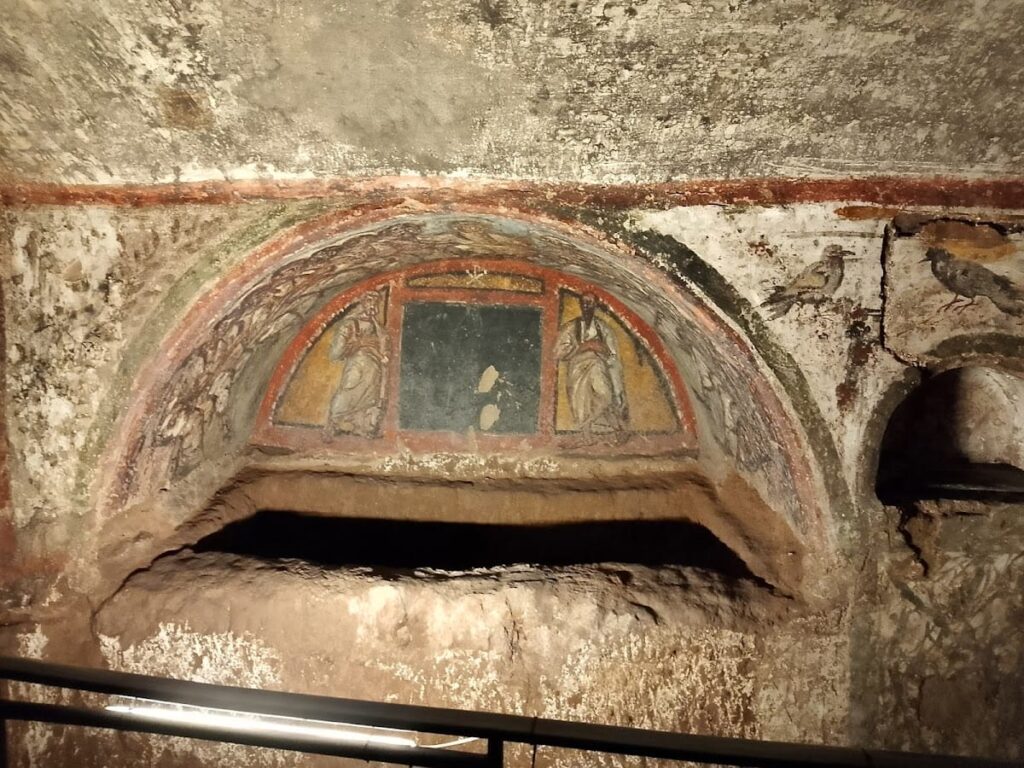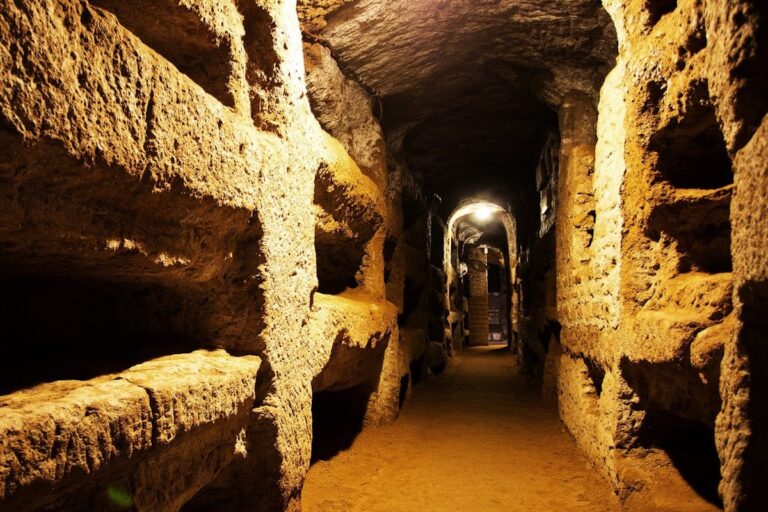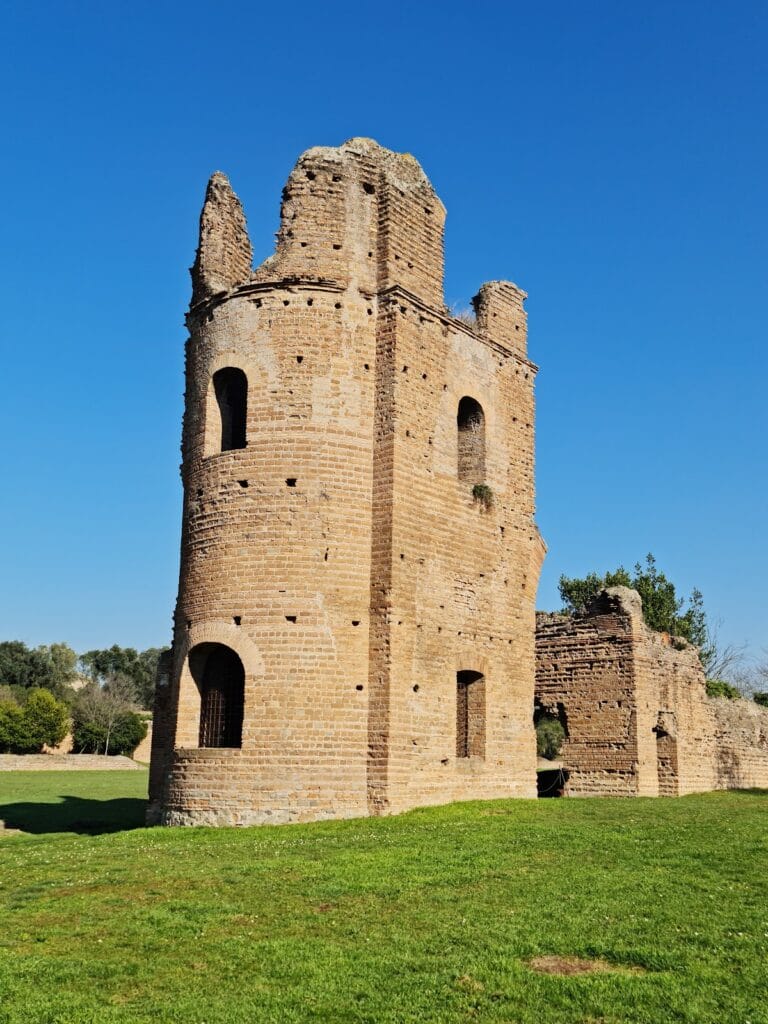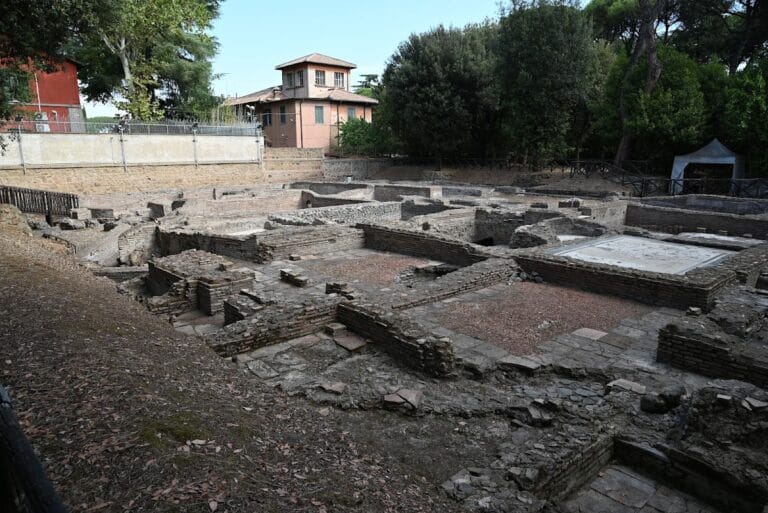Catacombs of Domitilla: Early Christian Burial Site in Rome
Visitor Information
Google Rating: 4.6
Popularity: Medium
Google Maps: View on Google Maps
Official Website: www.catacombedomitilla.it
Country: Italy
Civilization: Roman
Remains: Burial
History
The Catacombs of Domitilla are located in Rome, within the province of Rome, Italy. These underground cemeteries were created by early Christians during the Roman Empire, beginning in the 2nd century AD. The land originally belonged to the Flavian family, a prominent Roman lineage connected to Emperor Vespasian through his grandfather Titus Flavius Petro. The catacombs developed on this property, which was situated near the ancient Via Ardeatina.
In the late 1st century AD, burials took place on the surface of this estate, including that of Saint Petronilla, believed to be a spiritual daughter of the Apostle Peter and a descendant of the Flavian family. Martyrs Nereus and Achilleus, attendants of Flavia Domitilla, were also interred here around 96 AD. These early surface burials eventually led to the excavation of subterranean galleries to accommodate the growing Christian community.
Throughout the 2nd and 3rd centuries, the catacombs expanded into a vast necropolis with about 17 kilometers of tunnels spread over four levels. Distinct burial areas, or nuclei, initially separate, gradually merged into a unified complex. This underground cemetery became a notable Christian burial site, housing approximately 15,000 bodies, including members of families linked to the imperial house.
By the end of the 4th century, a semi-underground basilica dedicated to Saints Nereus and Achilleus was constructed on the site under Pope Damasus. This basilica served both as a place of worship and a pilgrimage destination, especially for the tombs of the martyrs and Saint Petronilla. In 757 AD, the sarcophagus of Petronilla was moved to the Vatican, reflecting the continued veneration of these early Christian figures.
The catacombs were abandoned in the 8th century following damage caused by flooding. After this, relics and liturgical functions were transferred to other churches. The site remained hidden until its rediscovery in 1593 by Antonio Bosio. Later, in the late 19th century, Giovanni Battista De Rossi conducted systematic excavations, revealing much of the catacombs’ extent and importance.
Since 2009, the Society of the Divine Word (SVD) has been responsible for the care and maintenance of the catacombs. They oversee public access and liturgical celebrations, preserving the site’s religious and historical heritage.
Remains
The Catacombs of Domitilla consist of approximately 17 kilometers of underground galleries carved into soft tufa stone, arranged on four levels. This extensive network includes around 70 rooms, with about a dozen restored to reveal their original decoration and function. The porous nature of the tufa made excavation possible and allowed for the creation of a large subterranean burial complex.
A notable feature is the Flavian hypogeum, a large gallery dating to the mid-2nd century. It measures roughly 20 meters long and 2.5 meters wide and served as a communal burial site for Christian families connected to the imperial house, including the Arria and Aurelia families. The hypogeum’s entrance is marked by a monumental brick porch decorated with terracotta ornaments. Adjacent rooms were used for agape feasts, communal meals held in honor of the dead, and include benches and a fountain. Above the porch, a guardian’s lodging was constructed.
At the end of the 4th century, a semi-underground basilica dedicated to Saints Nereus and Achilleus was built under Pope Damasus. This basilica features a narthex, three naves, and an apse, divided by two rows of four columns. One surviving altar column bears a relief depicting the beheading of Saint Achilleus. Within the basilica is a cubiculum (a small burial chamber) containing an arcosolium, a niche with an arched recess, decorated with a fresco of Saint Petronilla. The basilica’s crypt originally served as the burial place for the martyrs and later became a pilgrimage sanctuary.
The catacombs contain about 80 painted tombs with frescoes illustrating biblical scenes such as the Last Supper, the Good Shepherd, Jonah, and Noah’s Ark. Images of the Virgin Mary with child and apostles Peter and Paul are also present. Interestingly, pagan motifs coexist with Christian imagery, reflecting a transitional period in funerary art. For example, Orpheus is depicted in a traditional pagan style surrounded by wild animals, symbolizing the taming of passions and the hope for salvation.
Restoration efforts, including a seven-year laser cleaning project, have uncovered both Christian and pagan frescoes. These include scenes of Eucharistic feasts and personifications of the seasons, revealing the rich symbolic language used in early Christian burial art. Today, about 12 rooms have been restored, allowing visitors to appreciate the vivid colors and detailed iconography of these ancient paintings.
